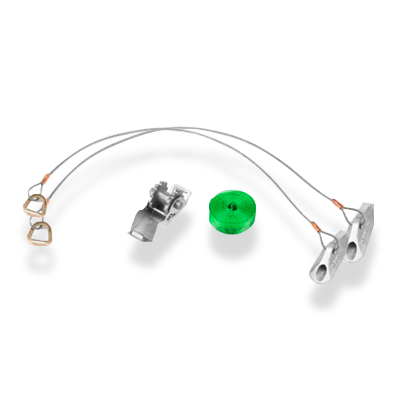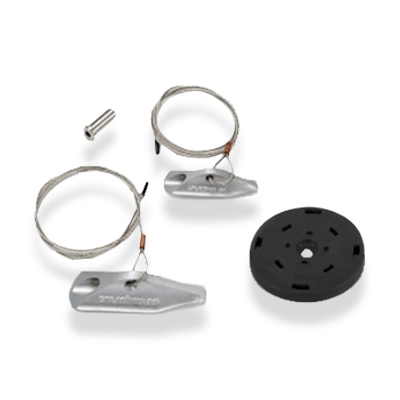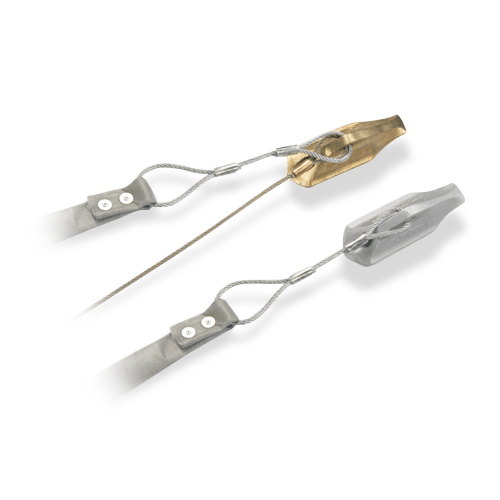Platipus® Buoyancy Anchors
The Platipus® percussion driven earth anchors (PDEAs®) offer a lightweight corrosion resistant anchor that can be driven from ground level using conventional portable equipment.
Anchor installation creates minimal disturbance in the soil during installation, can be stressed to an exact holding capacity and made fully operational immediately. As a completely dry system, it also has minimal impact on the environment.
The Platipus Buoyancy Control Anchoring System has many attachments and tensioning devices to connect to the pipe or tank being anchored. This is a quick and cost-effective way to prevent structures floating when installing in areas with high groundwater.
Platipus® and PDEA® are Registered Trademarks of Platipus Anchor, registered in England.

Frequently Asked Questions
Non-cohesive soils are stronger soils (dry crumbly) and therefore better to work with. Cohesive soil is not as good as there is a lot of water in the soil (clay soil type).
No – the anchor itself does not fail, the soil fails, and therefore an engineer must be involved to determine the type, length and spacings of the anchors.
Anchoring can be used for anything. Most common are TRM (turf reinforcement matting), walls such as gabion walls.
Anchors help with stabilising:
- Surface erosion and scour protection
- Flood protection and Slip protection
- Flood storage ponds
- Pipelines
- Portable buildings
A drain which is inserted into the embankment (like wick drain) and has a head of an anchor. The conduit is inserted into the water pockets to extract the water trapped in the slope. Once all the water is removed the slope is protected with TRM.
Geo’s have a crimp lock whereas ARGS’s have a wedge lock.
Yes. Contact us for more information.




